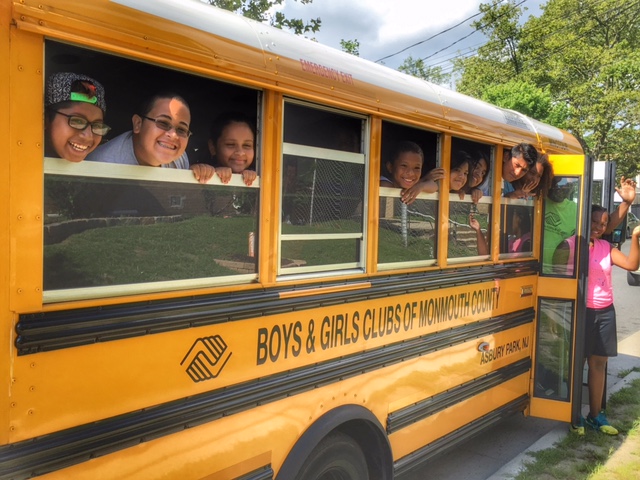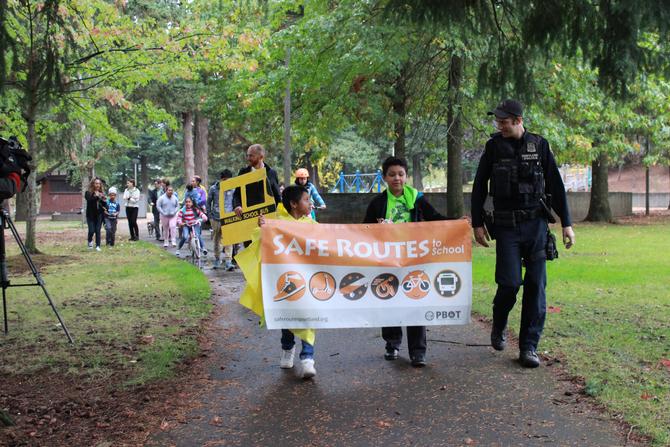Leverage existing assets to build a network of safe transportation options to and from youth program facilities
Working together to create safe transportation options by using existing resources, like church and City-owned vans, will enable more participation in youth programs throughout the West Side.

Data from 2017 Needs Assessment
Youth Safety
Major priority for Youth Working Group
“Safe routes to school: Bringing together transportation and public health”
Sarah, L. M., Pullen-Seufert, N., & Moeti, R. (2007). Institute of Transportation Engineers.ITE Journal, 77(9), 38-41.
Abstract
Safe Routes to School (SRTS) legislation was passed in 2005 as part of the Safe, Accountable, Flexible, Efficient Transportation Equity Act: A Legacy for Users. The law provides funding for state departments of transportation to create and administer programs to make walking and bicycling to school a safe and viable option. SRTS activities meet the goals of both transportation and public health professionals. Transportation professionals want to create systems that allow users to travel safely and efficiently to their destinations. SRTS provides an opportunity for transportation and public health professionals to work together. Transportation professionals have the skills and abilities to provide safe environments for travel to school by any mode. SRTS program development and implementation are clearly in line with the essential public health services and, thus, a part of public health work SRTS legislation calls for a well-rounded approach to programs — one that addresses engineering, encouragement, education and enforcement.
Evidence-based research was collected by Monmouth University
